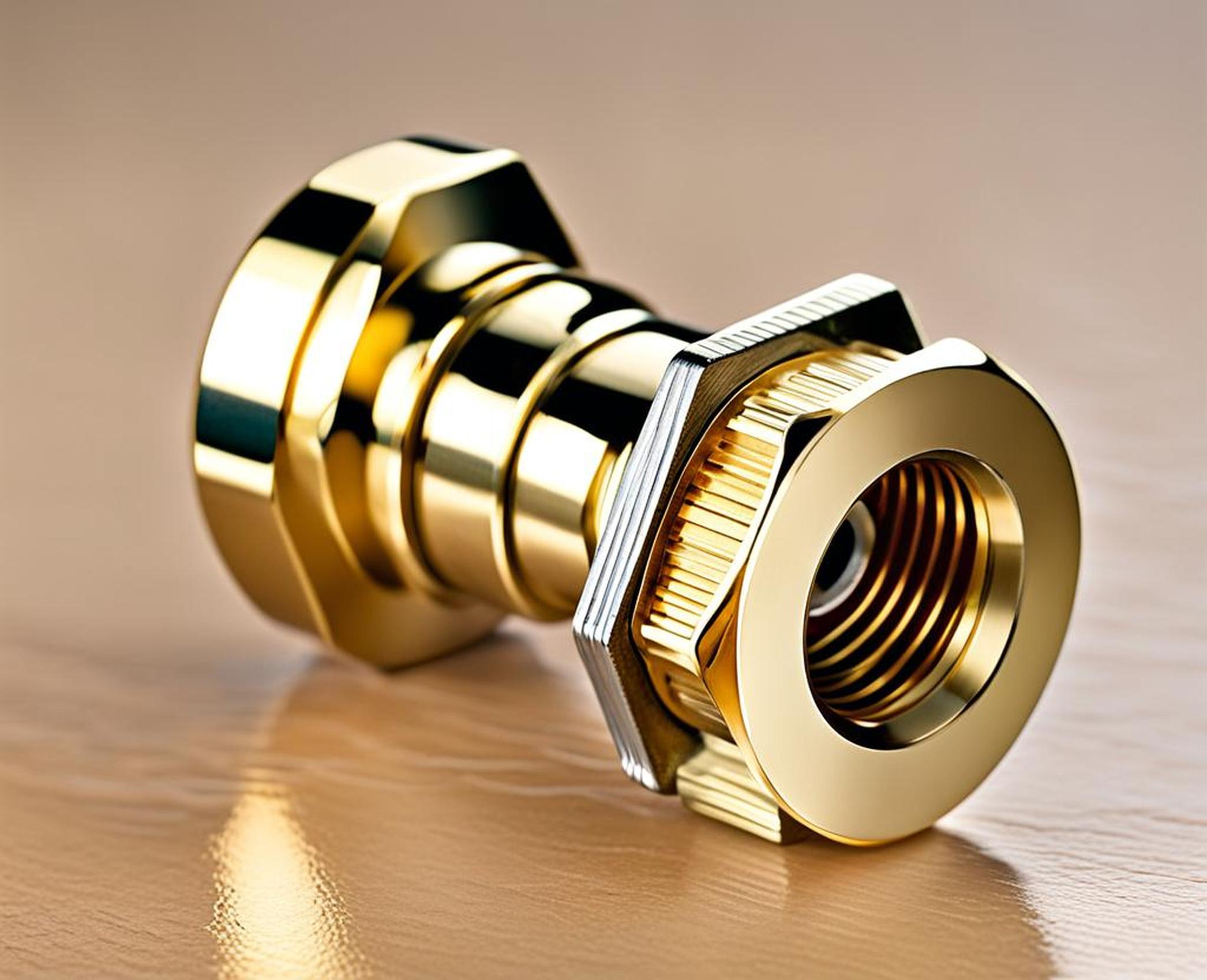If you’ve ever dealt with fluctuating water temperature or pressure in your shower, the culprit may be your shower valve stems. Shower valves use internal stem mechanisms to control and direct water flow. Identifying which type of shower valve stems are installed is crucial information for replacement and maintenance.
But with different stem materials and designs available, how do you figure out what’s currently in your shower valves?
Different Types of Shower Valve Stems
Shower valve stems come in a variety of styles and are constructed from different materials. The four main categories are brass, plastic, ceramic, and cartridge stems.

Brass Stems
Brass shower valve stems are made from brass alloys that contain copper, zinc, and other metals. Brass is valued for its strength, rigidity, and corrosion resistance.
Brass resists mineral buildup better than many materials, but it can still occur over time as minerals from water collect on the stem. This can impede smooth stem function. Regular cleaning helps reduce buildup.
Plastic Stems
Plastic shower valve stems are constructed from polymers like PVC, CPVC, ABS, or PEX. Different types of plastic have varying properties, but in general plastic resists corrosion and mineral buildup.
However, plastic can become more brittle and susceptible to cracking or warping over time, especially with exposure to heat and pressure. Plastic stems may need replacement more frequently than brass.
Ceramic Stems
Ceramic shower valve stems are made from ceramic materials including alumina, zirconia, and other oxides. The incredibly hard, smooth surface of ceramic prevents mineral buildup and corrosion.
While robust, ceramic is also brittle and prone to breaking or chipping. Small surface imperfections can quickly turn into cracks. Regular inspection is required to identify wear before it causes stem failure.
Cartridge Stems
Cartridge shower valve stems feature a self-contained cartridge mechanism that controls water flow. Many integrate both the sealing stem and operating lever together.
Cartridges may use any material, including brass, plastic, or ceramic components. Benefits include easier replacement as a single cartridge unit. However, damage to any internal part can require full cartridge replacement.
Identifying Your Existing Shower Valve Stems
To identify what type of shower valve stems you currently have installed, start by looking at the external valve components.
Examine the escutcheon plate or cover concealing the valve body. The size, shape, and any markings may indicate the valve type and stems inside. Common shower valve styles include:
- Posi-Temp valves with 3-inch square plates
- Moentrol valves with approximately 4-inch round plates
- 1224 cartridge valves with 4-inch square plates
Additionally, the shower valve may have branding, codes, or labels containing identifying details. Make note of any such markings.
For confirmation, carefully remove the shower valve handle and any covering sleeve or bonnet. Inspect the exposed stem for identifiable traits. Materials, physical wear, sizes, and integrated cartridges can reveal the stem type present.
When to Replace Shower Valve Stems
Proactively replacing worn shower valve stems before they fail can prevent more laborious repairs down the line. Consider replacement if you notice any of the following symptoms:
- Fluctuating hot water temperature
- Reduced maximum hot water temp
- Shower pressure dropping or uneven
- Dripping from the shower valve
- Hard water mineral buildup on valves
Routine shower valve maintenance checks may also reveal damage like cracking, corrosion, bent stems, or heavily calcified parts that warrant swapping in new stems.
Replacing stems every 5-10 years can extend the lifespan of your shower valves and prevent annoying breakdowns. Planning ahead beats emergency plumbing calls.
Buying Replacement Shower Valve Stems
Once you know your shower valve model, finding replacement stems or cartridges is straightforward. Check valve manufacturer websites for model-specific repair parts.
Big box hardware stores, plumbing supply stores, and online retailers also stock common shower valve replacement parts. Bring any measurements or identifying codes from your existing stems to find accurate matches.
Costs range widely based on stem materials and designs. Simple plastic stems may be under $10 while ceramic cartridges can run $50-75. Premium materials and more complex integrated cartridge mechanisms command higher prices but also promise greater longevity.
DIY Shower Stem Replacement Guide
With the right parts on hand, DIY shower valve stem or cartridge replacement is an accessible project for many homeowners. Follow these steps for smooth sailing:
- Turn off home water supply and open shower valve to depressurize plumbing.
- Remove handle screw, cover sleeve, and existing stem/cartridge.
- Clean valve body interior of any debris or buildup.
- Apply plumbers grease to replacement stem O-rings.
- Gently insert new stem/cartridge into valve body.
- Replace any washers, caps, sleeves, and handle.
- Turn water back on and test shower for leaks.
- Re-attach handle and enjoy your refreshing shower!
The key is taking your time and avoiding leaks. Patience pays off with shower valves. Consult a professional if any complications arise.
Hiring a Plumber for Stem Replacement
For those wanting to ensure the job is done right, hiring a professional plumber is advisable in certain circumstances:
- Complicated showers with multiple valves
- Difficulty accessing built-in shower valves
- Dealing with leaks or water damage
- Specialty shower equipment like steam units
- Any doubts about doing it safely yourself
Plumbing service rates average $45-$65 per hour, with typical shower stem replacement running $125-$250 depending on location and project specifics. Get quotes from at least 3 plumbers before scheduling service.
Being aware of the types of shower valve stems, and identifying which ones are installed in your home, allows for smarter maintenance and repairs. Regularly checking and replacing aging stems can prevent untimely breakdowns and water damage headaches.
While hiring a professional plumber may be the choice for some, DIY stem and cartridge replacement can be manageable for many homeowners willing to exercise care and patience. Keep this guide handy whenever your shower valves give you trouble.
